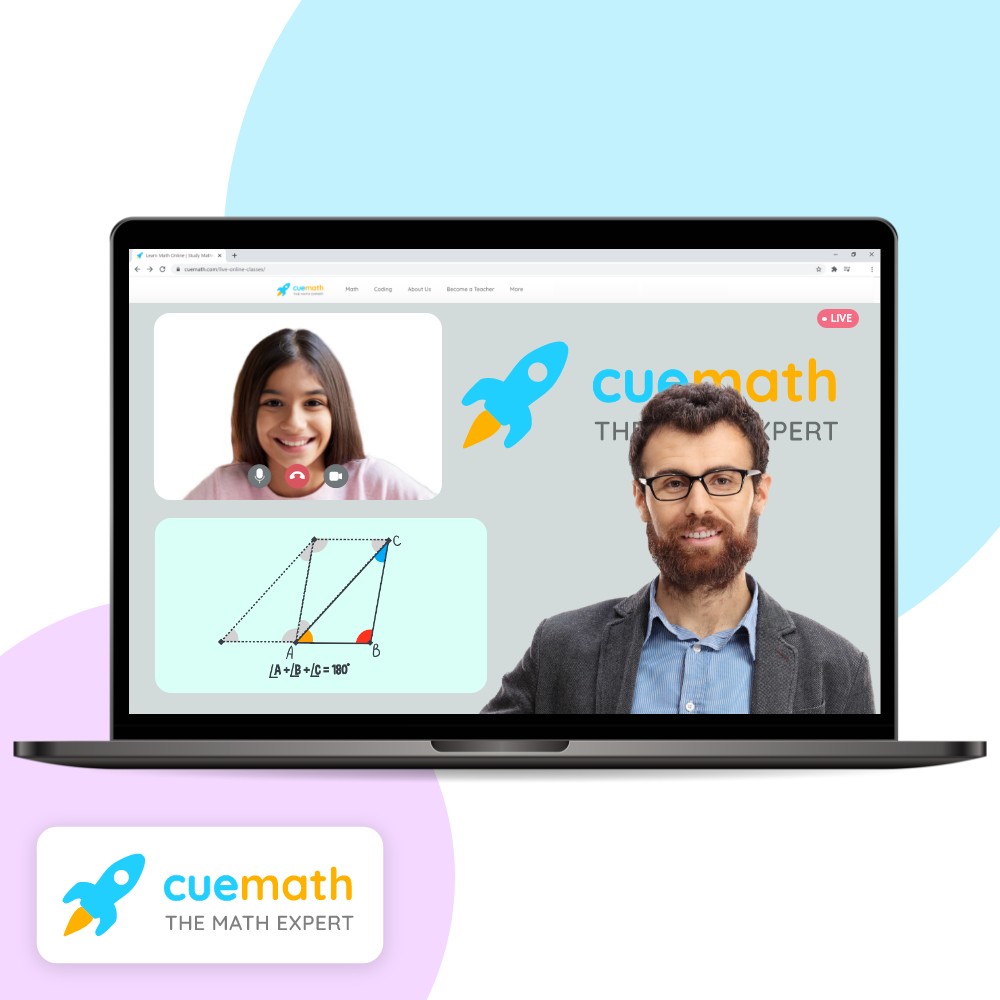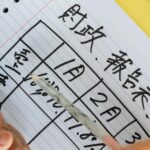Algebra 2 builds upon the foundations of Algebra 1, delving into more complex concepts and advanced mathematical techniques. This guide outlines the key topics covered in a typical Algebra 2 curriculum, providing a clear understanding of what to expect in this course.
Delving into Advanced Algebraic Concepts
Algebra 2 expands on linear equations and inequalities, introducing students to polynomial, rational, and radical functions. Graphing these functions and analyzing their properties, such as domain, range, and end behavior, are crucial components of the curriculum.
Mastering Functions and Relations
A significant portion of Algebra 2 focuses on functions and relations. Students will explore various types of functions, including:
- Polynomial Functions: Understanding polynomial equations, factoring, and finding zeros.
- Rational Functions: Working with fractions containing polynomials, including graphing and analyzing asymptotes.
- Radical Functions: Simplifying and solving equations involving square roots, cube roots, and higher-order radicals.
- Exponential and Logarithmic Functions: Exploring the properties of exponents and logarithms, solving exponential and logarithmic equations, and applying these concepts to real-world scenarios like compound interest and population growth.
 Functions in Algebra 2
Functions in Algebra 2
Exploring Systems of Equations and Inequalities
Algebra 2 extends the concepts of systems of equations learned in Algebra 1 to include non-linear systems. Students will learn various methods for solving these systems, including substitution, elimination, and graphing. Furthermore, they will explore systems of inequalities and their applications in linear programming.
Conic Sections and Their Properties
Conic sections—parabolas, circles, ellipses, and hyperbolas—are introduced in Algebra 2. Students learn to identify, graph, and analyze the equations of these geometric shapes. Understanding the properties of conic sections is essential for further studies in calculus and physics.
Diving into Complex Numbers
Algebra 2 introduces the concept of imaginary and complex numbers. Students will learn to perform operations with complex numbers, including addition, subtraction, multiplication, and division. They will also explore the complex plane and the relationship between complex numbers and quadratic equations.
Matrices and Vectors: An Introduction to Linear Algebra
Many Algebra 2 courses include an introduction to matrices and vectors. Students learn to perform matrix operations like addition, subtraction, multiplication, and finding determinants. They also explore vector operations and their geometric interpretations.
Probability and Data Analysis
Building upon foundational probability concepts, Algebra 2 delves into more advanced topics like permutations, combinations, and binomial probability. Data analysis techniques, including measures of central tendency and dispersion, are also often covered.
Preparing for Higher-Level Math
Algebra 2 is a crucial stepping stone for students planning to pursue higher education in STEM fields. It provides the necessary foundation for success in precalculus, calculus, and other advanced mathematics courses. By mastering the concepts in Algebra 2, students develop critical thinking, problem-solving, and analytical skills essential for future academic and professional endeavors.
Conclusion: A Solid Foundation for Future Success
Algebra 2 provides a comprehensive exploration of advanced algebraic concepts, equipping students with the tools they need to succeed in higher-level mathematics and related fields. By mastering functions, relations, complex numbers, and various other topics, students develop a strong foundation for future academic and professional pursuits.
